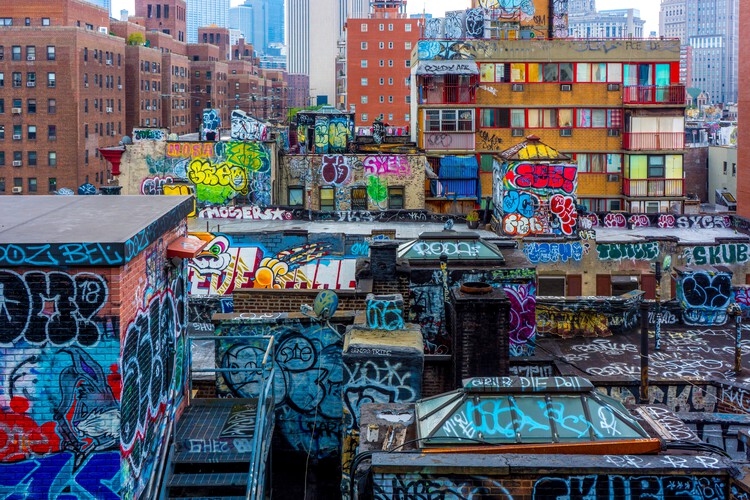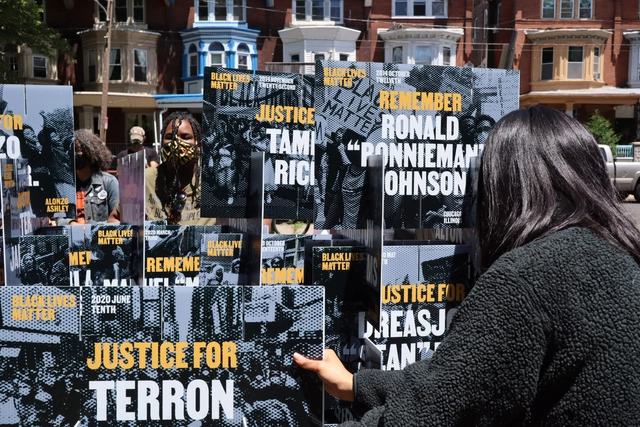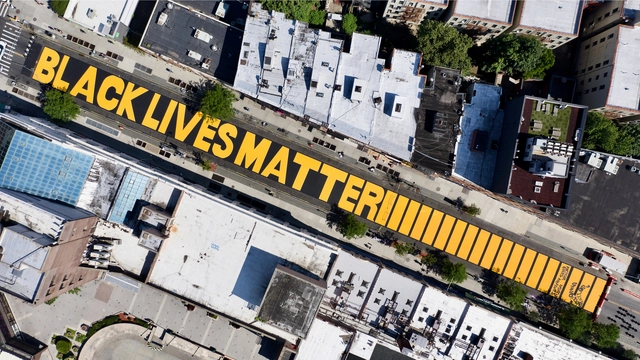
The creative fusion of art and activism in urban spaces has propelled the British collective Led by Donkeys into the spotlight, garnering millions of views for their interventions on social media. Their critical visual occupations - whether billboard messages during the day or large-scale projections at night - raise a compelling question: which medium holds the greater persuasive power? The book "Led by Donkeys: Adventures in Art, Activism and Accountability" offers a deep dive into their conceptual approach, charting their rapid evolution over six years. What began as a London-based response to Brexit has expanded into a global critique of political hypocrisy, addressing issues in Europe, the Middle East, and America. For Peter Weibel, former director of the ZKM Center for Art and Media in Karlsruhe, Germany, the innovative fusion of activism and art—or "Artivism"—represents the first new art form of the 21st century. Years of experience in environmental activism provided the group with crucial insights into the mechanics of political communication, the organization of public interventions, and the challenges of achieving meaningful societal change.





























![Intervención realizada por el colectivo "Por un habitar digno" [@porunhabitardigno_]. Image © Arquitecto Tomás Bravo [@tmbravo.scl] Urban Space as a Canvas for Civilian Expression - Image 1 of 4](https://images.adsttc.com/media/images/5f07/1057/b357/6588/b300/0550/thumb_jpg/4-tmbravo.com.jpg?1594298445)
![Black Lives Matter (Charlotte). Image © Office of Congresswoman Alma S. Adams [Wikimedia] bajo dominio público Urban Space as a Canvas for Civilian Expression - Image 2 of 4](https://images.adsttc.com/media/images/5f07/1232/b357/6588/b300/0551/thumb_jpg/Black_lives_matter_in_charlotte.jpg?1594298918)
![From Park to Parking (Banksy 2010). Image © Amg foto [Flickr] bajo licencia CC BY-ND 2.0 Urban Space as a Canvas for Civilian Expression - Image 3 of 4](https://images.adsttc.com/media/images/5f07/14c2/b357/6588/b300/0554/thumb_jpg/7911121664_62e9952807_o.jpg?1594299567)
![Intervención realizada por el colectivo "Por un habitar digno" [@porunhabitardigno_]. Image © Arquitecto Tomás Bravo [@tmbravo.scl] Urban Space as a Canvas for Civilian Expression - Image 4 of 4](https://images.adsttc.com/media/images/5f07/1062/b357/655d/4600/0353/thumb_jpg/3-tmbravo.com.jpg?1594298456)











.jpg?1416216003&format=webp&width=640&height=580)
.jpg?1416215874)
.jpg?1416215877)
.jpg?1416215971)
.jpg?1416232536)
.jpg?1416216003)
